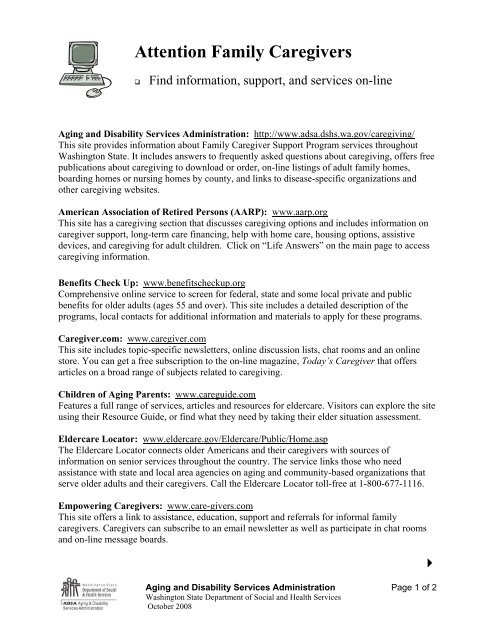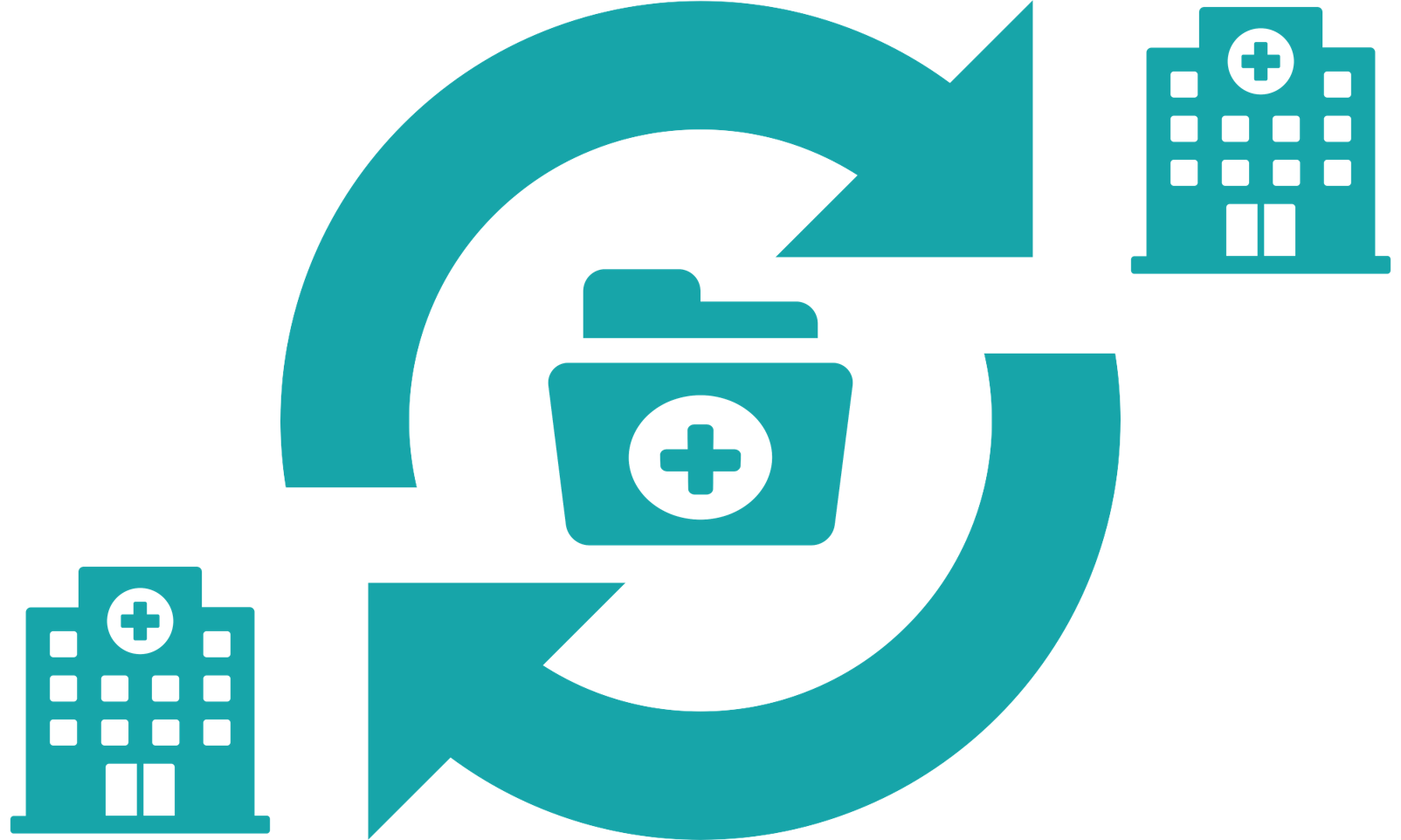
The Centers for Medicare & Medicaid Services launched a new Hospice Compare website earlier this year. This will make it easier for families and patients to compare hospice providers. The website is designed to help consumers understand the quality of care provided by hospices, and to encourage them to take an active role in making care decisions. It serves to increase pressure on hospice providers to deliver high-quality services.
The Hospice Compare website was built using information from 3,876 hospices. The website includes Hospice Item Set (HIS) quality measure results and provides a snapshot of the quality of care provided by hospices. The website offers a search option that allows users to search by name, zipcode, or any other criteria. It also lists providers at risk of being shut down by Medicare. It also lists information on hospices that serve patients with a prognosis below six months.

Hospice Item Set quality measures (HIS) are based off the Hospice Consumer Assessment of Healthcare Providers and Systems' (CAHPS), survey results. The CAHPS survey includes questions about pain and symptom management, patient communication, nursing routines, and coverage. Certified independent evaluators can also conduct a caregiver survey. Hospice Compare uses the CAHPS survey results. It will include seven HIS measures, dating back to October 2015 through September 2016. The results of CAHPS Hospice Survey data will not be released until the beginning of CY 2018.
Hospice Compare was designed to be simple to use. This allows providers to get the information they need in order to make informed care decisions. The website is optimized for mobile use, and is based on industry best practices for consumer-facing websites. Hospice Compare is not constantly updated. It may take some time for data to reflect changes. CMS is currently testing various measures and will continue improving Hospice Compare.
Providers will be able to access preview reports on the Hospice Item Set data via the Hospice Compare website. Providers are required to submit correction, modification and inactivation records to HIS prior to the 4.5-month deadline for data correction. These preview reports may also be accessed through the CASPER application. A provider who has viewed a preview report can view the data for a quarter-yearly basis. Providers will not be able view the data after 60 days.
The site also provides a free newsletter. Providers and others who are interested about hospices will receive the Friends of Hospice Newsletter. It includes articles and information about current research related to the end stages of life. It includes educational materials and information for patients and their families. It includes a list if hospices are available in your area.

Hospice Compare was recently updated to reflect the CAHPS Hospice Survey results. This measure includes "Hospice Visitors when Death is Imminent". This three-day measure measures the percentage of patients who receive at least one visit during the last three days of life. This measure is accompanied by a fact sheet as well as a Q&A document.
FAQ
What does the term "healthcare" mean?
The delivery of services that promote good mental and physical health is called health care.
What are you opinion on the most pressing issues in public health?
Many people are suffering from diabetes, obesity, heart disease, cancer, and heart disease. These conditions cause more deaths yearly than AIDS, car crashes, and murders combined. In addition, poor diet, lack of exercise, and smoking contribute to high blood pressure, stroke, asthma, arthritis, and other problems.
What does "health promotion" mean?
Promoting health is about helping people live longer and stay healthy. It focuses more on preventing disease than treating it.
It covers activities such:
-
Eat right
-
You need to get enough sleep
-
exercising regularly
-
Being active and fit
-
Do not smoke
-
managing stress
-
Keeping up with vaccinations
-
How to avoid alcohol abuse
-
Regular screenings and checkups
-
Learn how to deal with chronic illnesses.
What are the health care services?
A health care service is a medical facility that provides healthcare services for patients. A hospital is an example. It typically contains many departments such the emergency room, intensive care unit and operating room.
What are my options for vaccines?
Vaccines are very safe and effective ways to keep you healthy. Vaccines provide immunity against certain diseases. Vaccinations should be administered at specific times, such as during childhood, adolescence and adulthood. Your doctor will help you decide when is the best time to get vaccines.
Why do we have to have medical systems?
Many people living in poor countries lack basic healthcare facilities. Many of these people die from infectious diseases such as tuberculosis and malaria before they reach middle age.
In developed countries, the majority of people have routine checkups and see their general physicians for minor illnesses. But, many people still have chronic illnesses such as heart disease or diabetes.
What is the difference in a doctor and a practitioner?
A doctor is someone who has completed their training and are licensed to practice medicine. A physician can be described as a medical professional who is skilled in a specific area of medicine.
Statistics
- Foreign investment in hospitals—up to 70% ownership- has been encouraged as an incentive for privatization. (en.wikipedia.org)
- Consuming over 10 percent of [3] (en.wikipedia.org)
- The health share of the Gross domestic product (GDP) is expected to continue its upward trend, reaching 19.9 percent of GDP by 2025. (en.wikipedia.org)
- Over the first twenty-five years of this transformation, government contributions to healthcare expenditures have dropped from 36% to 15%, with the burden of managing this decrease falling largely on patients. (en.wikipedia.org)
- For the most part, that's true—over 80 percent of patients are over the age of 65. (rasmussen.edu)
External Links
How To
What are the Key Segments in the Healthcare Industry's Industry?
The key segments of the healthcare industry include medical devices, pharmaceuticals, diagnostics, biotechnology, therapeutics, health information technology, medical equipment, etc.
These medical devices include blood pressure monitors and defibrillators as well as stethoscopes and ultrasound machines. These products are used to diagnose and prevent or treat disease.
Pharmaceuticals are drugs that are prescribed to treat disease or reduce symptoms. These include antibiotics.
Diagnostics are tests performed by laboratories to detect illness or injury. You can get blood tests, urine samples or CT scans.
Biotechnology refers to using living organisms (such as bacteria) to produce useful substances that can be applied to human beings. Examples include vaccines, insulin, and enzymes.
Therapeutics refer to treatments given to patients to alleviate or treat symptoms. These treatments can include drugs, radiation therapy and surgical interventions.
Health information technology includes computer software programs that help physicians, and their teams manage data related to patient records. It helps doctors and their teams track which medications are being used, when they should have been taken, and if they work properly.
Any equipment used to diagnose, treat or monitor illnesses or conditions is medical equipment. Examples include dialysis machines, pacemakers, ventilators, operating tables, etc.